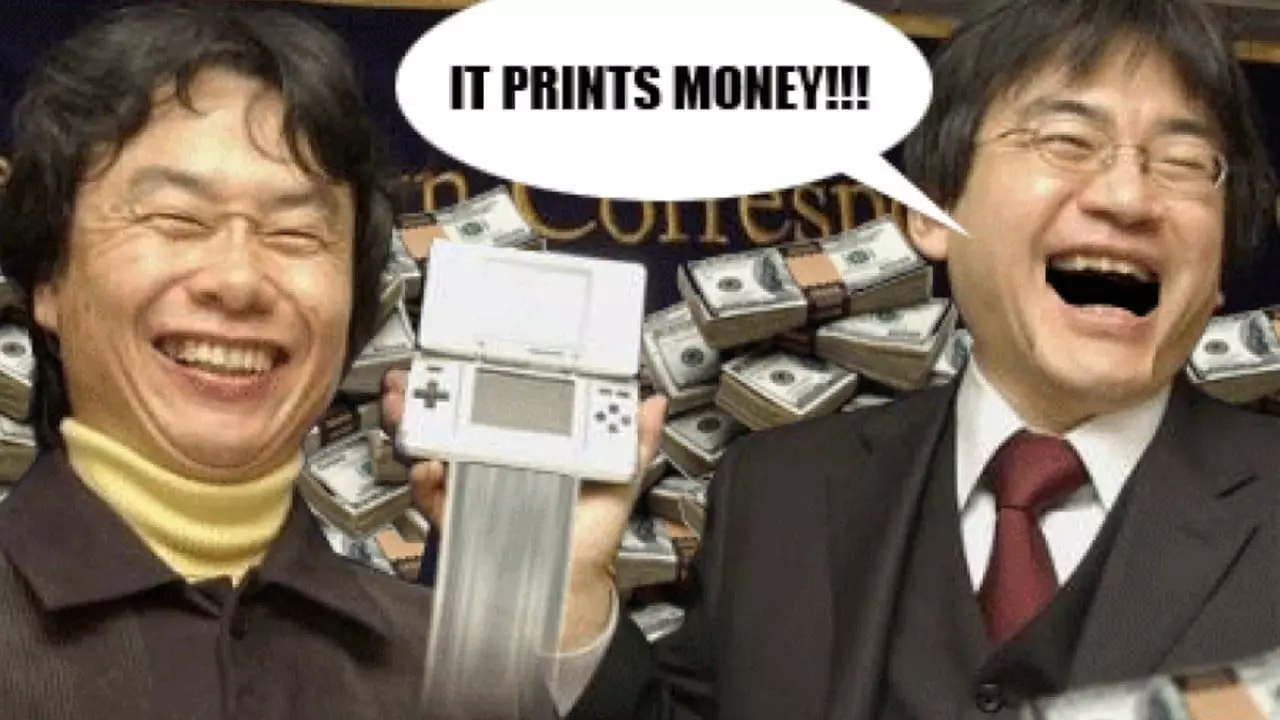The introduction of the Nintendo DS marked a significant turning point in the realm of handheld gaming. Historically, the Game Boy series was synonymous with portable gaming, establishing a legacy that seemed unshakeable for nearly two decades. However, as technology evolved and player expectations shifted, Nintendo needed to innovate beyond its well-trodden path. Enter the DS, a device that not only transformed the handheld gaming market but also reshaped Nintendo’s position within the industry. With its distinctive dual-screen design and touch capabilities, the DS seemed unconventional at first glance, yet it quickly demonstrated its potential to redefine player engagement and broaden the demographic appeal of mobile gaming.
When the DS was first unveiled, many gamers approached it with skepticism. The console’s clunky design, particularly compared to the sleek Sony PSP, led to doubts regarding its viability in a highly competitive market. Critics questioned how a device characterized by its quirky, folding design would stand against the polished offerings of its rivals. Moreover, this shift away from the respected Game Boy brand presented an inherent risk; it felt like a leap of faith into uncharted territory. Nintendo’s decision to embrace such a radical concept could have spelled disaster, yet the DS’s unique features, including its dual screens and touch functionality, became pivotal in attracting a diverse audience, including casual gamers who would have otherwise overlooked handheld systems.
One of the most impressive aspects of the DS was its ability to resonate with a broad spectrum of players. Offering software that included everything from casual brain-training games to richly developed RPGs, the system delivered something for everyone. Titles like “Brain Training” introduced new players to the gaming world, while long-time fans enjoyed iterations of beloved franchises. The DS also championed the inclusion of games aimed at audiences outside traditional demographics, such as “Nintendogs,” which attracted pet lovers and potential gamers alike. This inclusive approach created a vibrant ecosystem that highlighted the device’s adaptability, making it as suitable for adults looking for casual entertainment as for children seeking immersive adventures.
As the DS gained traction, it gradually eclipsed the Game Boy brand. While it may not have been an immediate transition, the introduction of the sleeker DS Lite played a critical role in solidifying its position as a market leader. The Lite’s refined design not only made it more appealing to gamers who had previously favored the PSP but also showcased Nintendo’s innovative prowess. The real game changer came with the release of the Touch Generations titles, which broadened the scope of what gaming could represent. The DS was no longer merely a gaming device; it became a platform for creativity, problem-solving, and casual entertainment that resonated with players of all ages.
Hiroshi Yamauchi’s remarks about the risks associated with the DS underline the high stakes involved. His metaphor of potentially sinking to “hell” if the device failed encapsulated the pressure that Nintendo faced. With the gaming landscape evolving relentlessly, every new hardware release was a gamble. The DS represented Nintendo’s willingness to step outside of its comfort zone and embrace challenges. In retrospect, this bold initiative paid off incredibly well. The system not only garnered astronomical sales but also influenced future hardware design and game development across the industry.
In evaluating the success of the DS, it is vital to recognize that it did more than just build on Nintendo’s storied legacy; it influenced the future of gaming itself. The principles laid out by the DS’s design and software approach would bleed into subsequent consoles, notably the Wii, and reveal an ongoing commitment to inclusivity and innovation. As a result, it positioned Nintendo not only as a participant in the gaming market but as a leading force in shaping its direction. The financial success and cultural impact of the DS have solidified its status as one of Nintendo’s most important consoles.
The Nintendo DS is a testament to the power of innovation and the ability to break free from traditional gaming paradigms. Its unique features and diverse game library transformed handheld gaming, ensuring that the spirit of Nintendo’s legacy continued while carving out a new path forward. As we look back on its legacy, the DS serves as a reminder that embracing change can lead to extraordinary success.


Leave a Reply